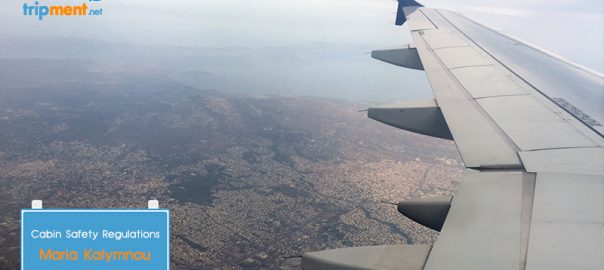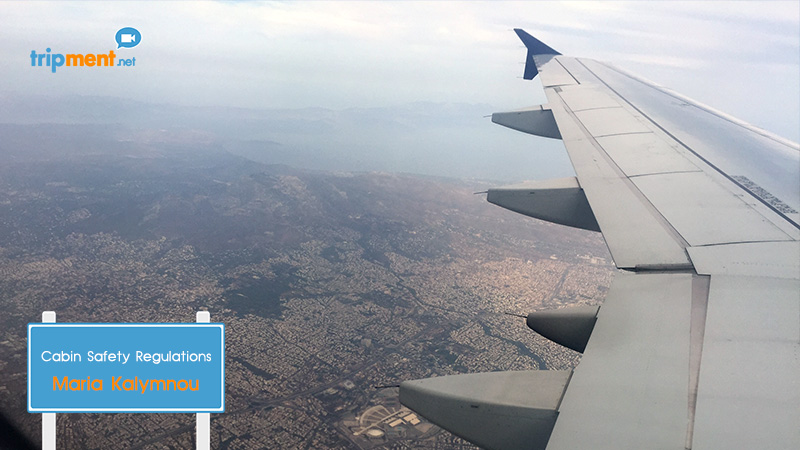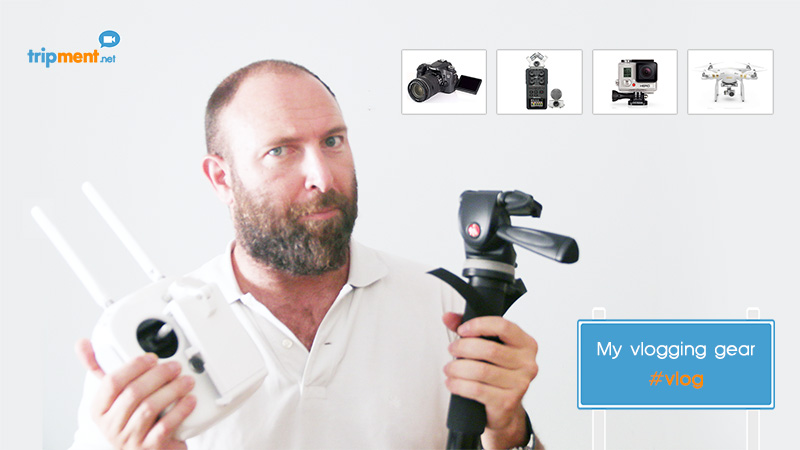(Enable subtitles)
There are many times when I visit a place and the scenery is a little different from what I’ve seen in photos. This happens because a photographer depicts a place from a particular perspective which produces another result. This is something I don’t usually do in my videos, as I try to film what I really see.
I rather prefer to show a realistic portrayal rather than an alluring one. In most cases, the thing that spoils a shot is the number of visitors at an attraction. There is nothing you can do about it, however, as it is reasonable for interesting places to attract many people. Today I went down to Athens city center to meet George Tsafos. George is an experienced photographer that specializes in travel photography and whose work has been published in the Greek press as well as in international media and travel guides.
Interview (video):
M: George, how long have you been involved in travel photography?
G: I’ve been involved in travel photography for at least 20 years and it was the first style of photography that I got involved with from the very beginning.
M: How exactly do you work? Do you set off on a journey and pay for all expenses yourself and then sell your material or do you get hired to travel? How does it work in your field?
G: Unfortunately, nowadays, getting hired to travel is rare, so you usually have to cover all expenses yourself in order to get to a destination of your choice, collect material and then look for potential clients.
M: Is it really your goal to make a tourist destination look more attractive than it really is?
G: It depends. In photography, we usually try to conceal things more than showing them. At least, that’s what I do in my photographs. This happens because you try to capture a beautiful, more catchy picture that will also be popular and sell more. Photography is not an objective art. That is why it is very possible for someone that has seen a beautiful picture of a place to be surprised when they visit it, especially if they try to capture it themselves. Of course, that doesn’t mean that the photographer lied choosing to present the specific picture.
M: Apart from the filters most photographers use in post production for better results, what do you mostly pay attention to while shooting, to the light? To the angle?
G: As I said before, the photographer has a different point of view than that of a tourist. Photographers know how to measure the light, the synthesis and the quality of each color on objects, whether we are talking about skin or landscape etc. This is the knowledge that they take advantage of, and that the average photographer does not have.
M: How does the equipment you use affect your work?
G: The truth is that, in a way, it does. Especially when you are very thorough with your work and you want the best possible result in post production. It is important that you have a very good camera that will give you flexible material that you can then process easily. However, I cannot tell you that it is impossible to take nice pictures if you have an average or entry level camera. I have also used low end cameras and got very good results, almost like they had been taken with a professional camera.
M: I often hear photographers say that out of 100 shots they take, only three of them are actually usable. Is that small percentage of success accurate?
G: You can say that this is true. It also has to do with the way you plan your shots. You can go somewhere and take 2-3 shots and know that all three of them will be useful. Now, if we are talking about a more photographic reportage coverage of an issue, yes, the keepers- as we call them- are not so many in relation to the total amount of shots taken.
M: As a traveler, what do you think makes a tourist attraction enticing? The landscape or the people?
G: Both. It will sound a little like an oxymoron, but a tourist attraction is more attractive when it is not spoiled by tourism. That is, when both the people and the place itself are as authentic as possible. Profiting from tourism shouldn’t be an attraction’s only objective.
From the very interesting conversation I had with George over coffee after the shoot, I would describe him as a real artist. Unfortunately, the conversation took place off camera, but I promise that we will further explore the art of travel photography in a following blog.



